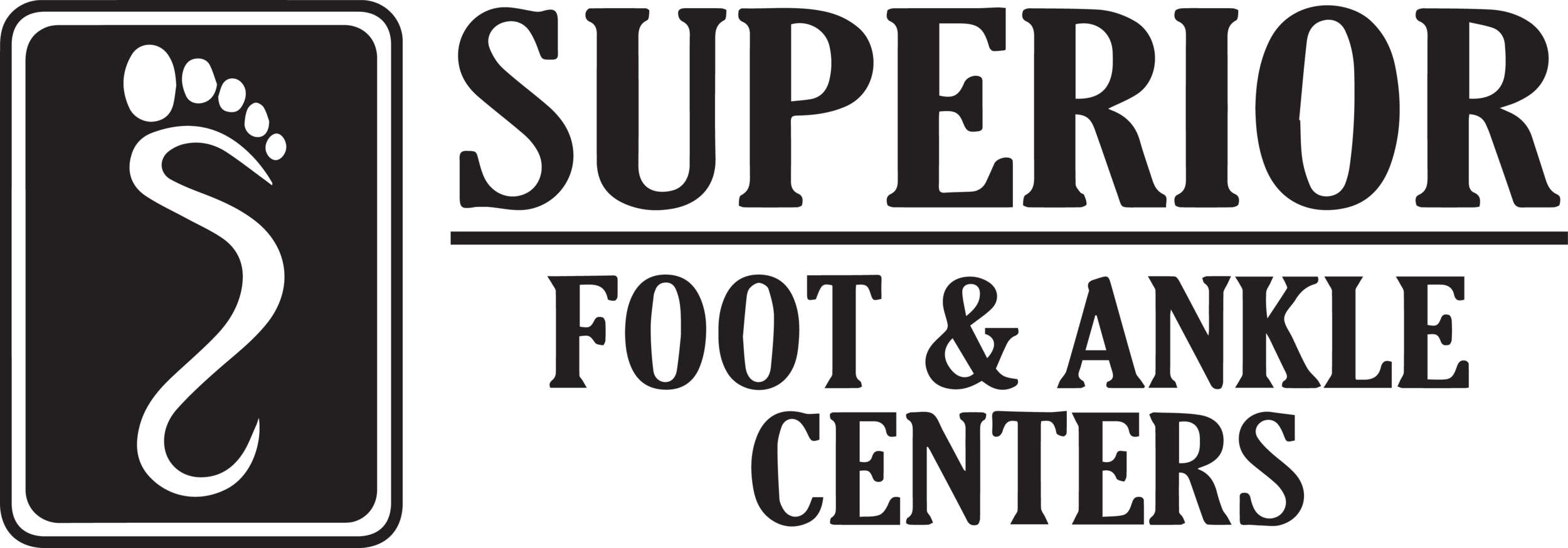MANY CAUSES FOR HEEL PAIN
There’s a saying in medicine that if you drive by a farm and see a four legged animal standing in the field, it’s probably a horse and not a zebra. This refers to the concept that typically, the most common reason, the typical cause, for some complaint is most likely the explanation.
But what if it is a zebra?
Medical providers are well aware that most complaints can be the result of many possible problems. The appropriate term for this list of possible causes is the “differential diagnosis” referring to all of the varied explanations that could potentially explain some disease or condition. Naturally, some of the choices from this list may be quite unlikely, the “zebra” mentioned above.
Today’s topic pertains to the extremely common complaint that is heel pain. A frequent chief complaint at clinics and doctor’s offices nationwide is that of pain from the bottom of the heel. Various uncomfortable sensations are experienced from the region, some examples being sharp pain, burning, aching, stretching and others. Plantar heel pain (plantar means the bottom of the foot) generates about a million medical visits per year in the United States.
The horse in today’s example would be plantar fasciitis. Indeed, this is an extremely common diagnosis but it’s not the explanation for all cases of heel pain. There are numerous diagnoses leading to pain from the bottom of the foot. Unfortunately, many of these are not particularly obvious.
Most care providers today are familiar with plantar fasciitis and know it’s a condition resulting from stress to the arch ligament of the foot. (Hopefully there are no practitioners still thinking plantar heel pain is due to the presence of a spur of bone where the fascia attaches to the heel.) Yes, numerous treatments are available for plantar fasciitis. Yet diagnosing the problem correctly is a key first step. And when the reason is less obvious, healthcare providers unfamiliar with lower extremity mechanics and physiology may be unfamiliar with the possibilities.
As should be expected, the location of symptoms and their character (sharp, dull, aching, etc.) varies greatly, in part because so many issues have the potential to lead to pain. One of the most frequently misdiagnosed, is called “Heel Pad Syndrome,” referring to the compartmentalized fat protecting the heel from pressure and impact. This syndrome develops when this specialized padding thins over the years. Consequently, this origin for heel pain occurs typically in seniors, when the ravages of time have taken their toll.
Unlike plantar fasciitis, the pain of this condition is proportional to the duration and intensity of weight bearing. Many with the former condition have lessening of pain after they “get going.” There can be increasing symptoms with greater activity, but the identifying symptom of plantar fasciitis is pain after rest. With loss of this cushion, activities entailing greater stress will cause more pain.
The heel bone is often compared to an egg in that it possesses a hard outer shell while the interior is quite fragile. Thus, when sufficient stresses are experienced by the heel, a stress fracture can develop. Depending on many factors including the degree of osteopenia (bone thinning), this subtle bone injury can mimic plantar fasciitis making an accurate diagnosis difficult.
Heel pain can be the result of an acute injury, a more frequent occurrence in physically demanding activities like sports. Pushing off to change direction while running leads to excessive and sudden force to the arch ligament. For some, depending on a multitude of factors, an acute tear or rupture of the fascia can occur. Palpation of the deeper tissues in the arch or around the heel may reveal an actual defect or gap in this area because of the tear.
Many structures may generate pain signals when inflamed or injured and nerves especially are vulnerable to physical stress, be it a pinching of the nerve or stretching. Pressure as well can cause a nerve to malfunction, produce pain (and potentially lead to nerve disease). A nerve running by the attachment for the fascia is commonly compressed between the plantar fascia and the heel bone, when the area is inflamed. This situation may lead to pain generated by the nerve.
The largest nerve running into the foot courses through a tunnel of bone and soft tissue along the inside of the ankle. Many are familiar with carpal tunnel syndrome, the corollary in the lower extremity is tarsal tunnel syndrome when the nerve becomes physically “stressed.”
This list is far from inclusive, with multiple additional causes well documented. Various types of arthritis such as rheumatoid, psoriatic, and others, increase levels of inflammation in various structures. Because the plantar fascia is under tremendous stress with every step, those diseases promoting inflammatory changes will often lead to plantar fasciitis. Clearly, this all-too-common problem is not always biomechanical in nature. How to know?
Driving through the countryside, you happen to glance to the side and see a horse out in the field. But didn’t it have what looked like stripes? Did it really look like a horse, or maybe something else? In medicine, things aren’t always what they seem. Treating all cases of heel pain as plantar fasciitis is certainly going to help some people, but definitely not all.
How does someone get a precise diagnosis for their heel pain? Seeing a specialist for care is often the way to go. Regardless, living with heel pain isn’t good for you, even if it isn’t severe. It doesn’t take a rocket scientist to know that pain from the heel with pressure is going to lead to less activity. The take-home message is there is a solution to everyone’s heel pain, although a good “first step” is an accurate diagnosis. Our treatments work better when they are treating the right problem.
